
Blue-winged Olives
Baetis
Tiny Baetis mayflies are perhaps the most commonly encountered and imitated by anglers on all American trout streams due to their great abundance, widespread distribution, and trout-friendly emergence habits.


Female Leptophlebia (Black Quill) Mayfly Dun Pictures
I collected this mayfly after user Al514 tipped me off to the presence of some Leptophlebia mayflies I didn't seem to have yet with his ID request of a male dun. This seems to be of the same species. I also collected a female spinner. Based on that spinner, I can tell that this is either Leptophlebia cupida or Leptophlebia nebulosa, but I can't tell which.
Unfortunately none of the specimens I collected made it through the hot, sunny day very well. So the pictures aren't great, but they're better than nothing.
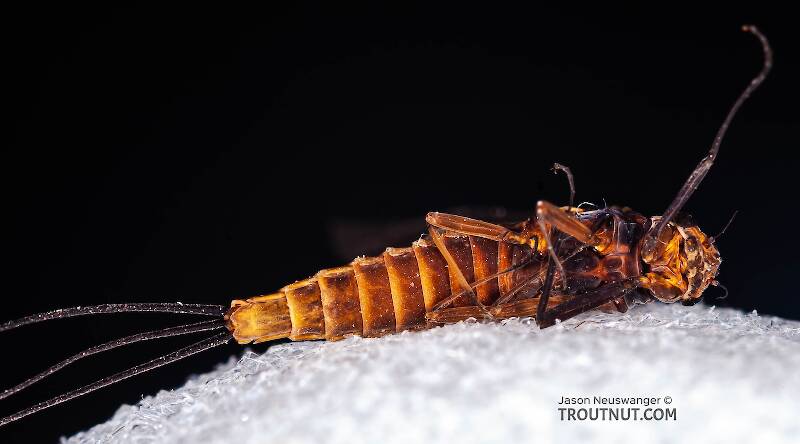
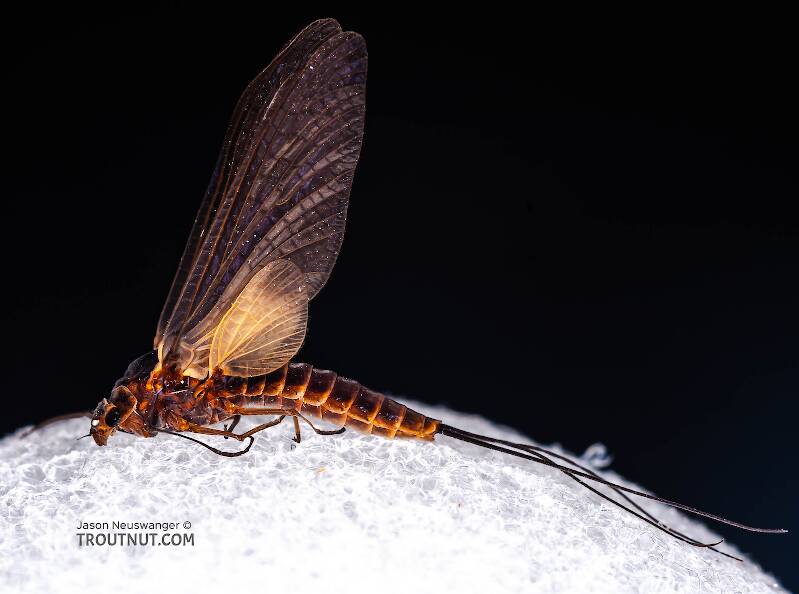
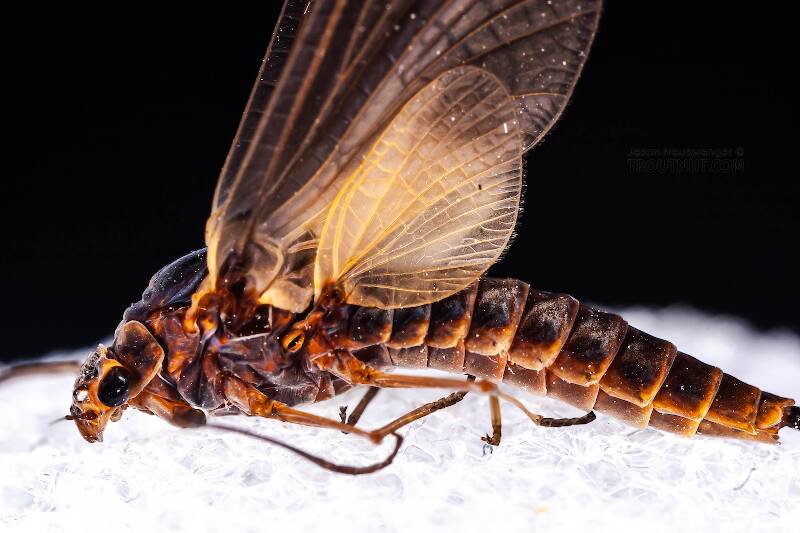
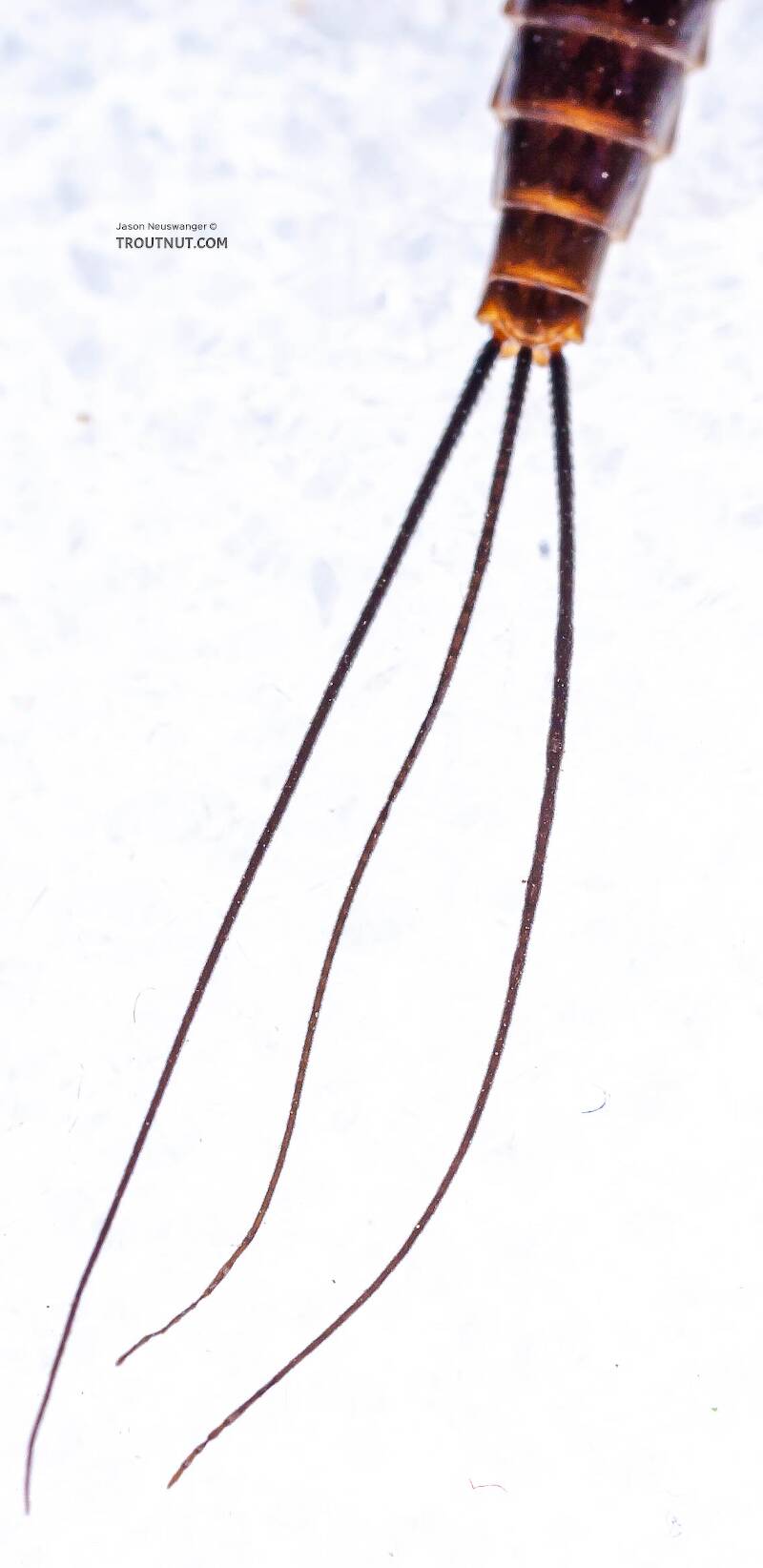
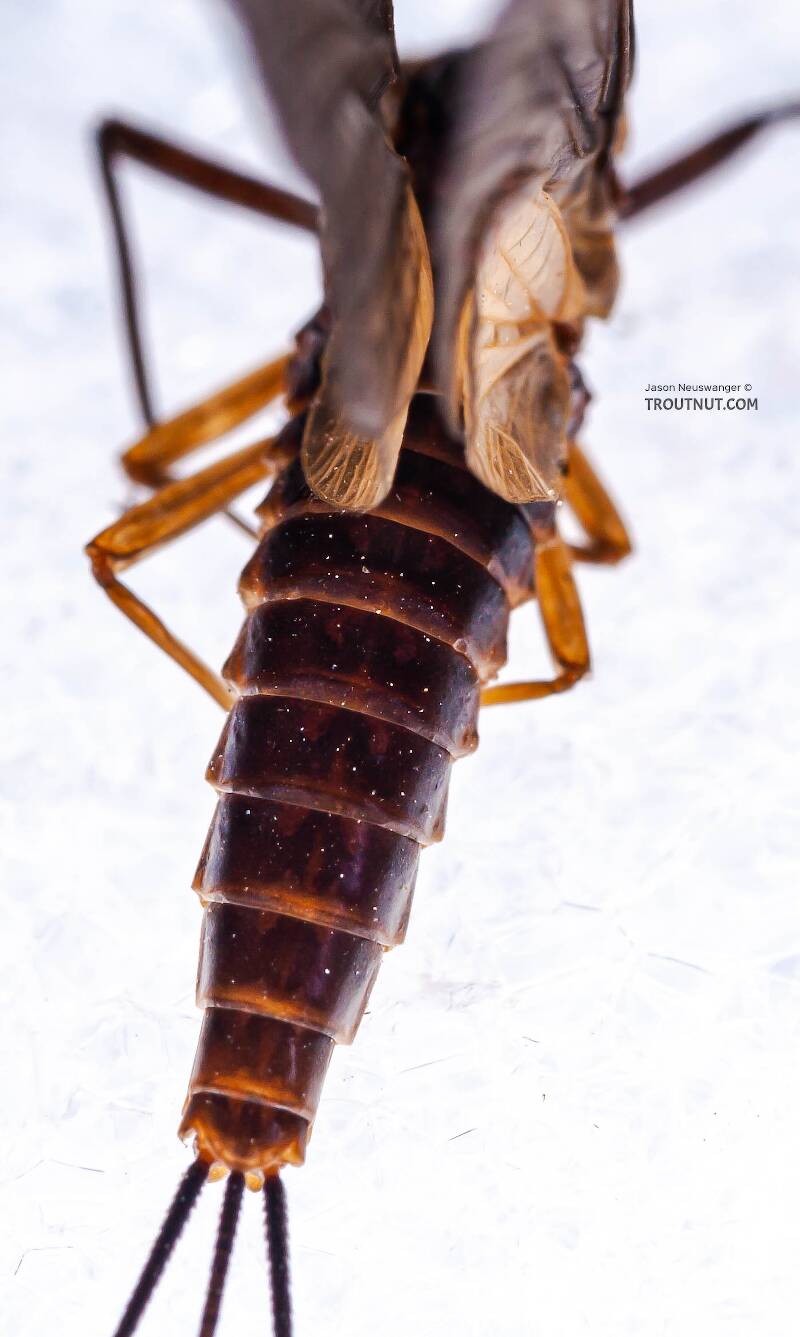
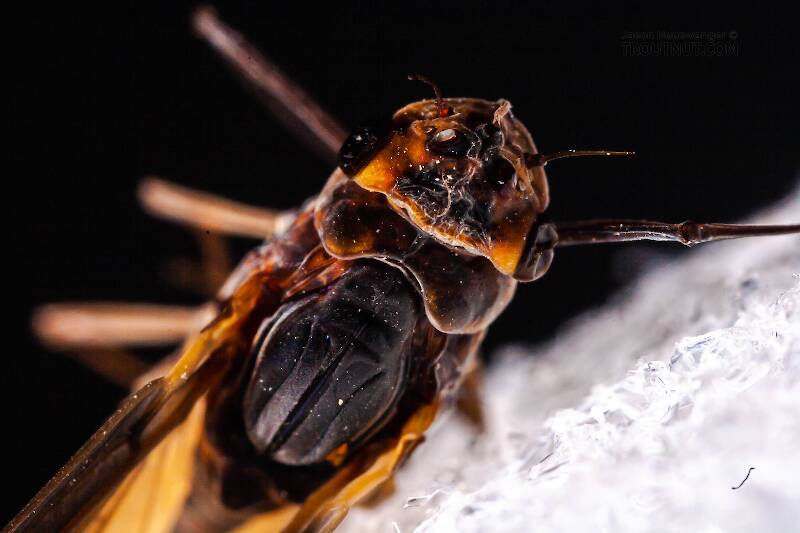
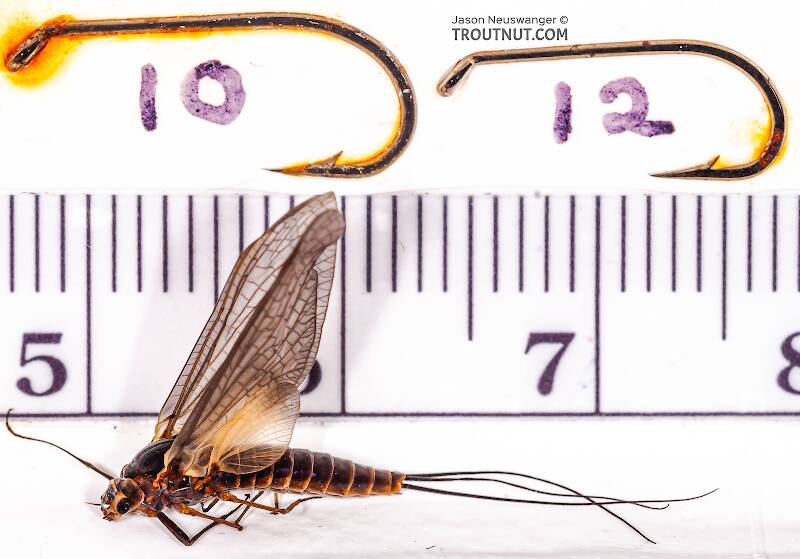
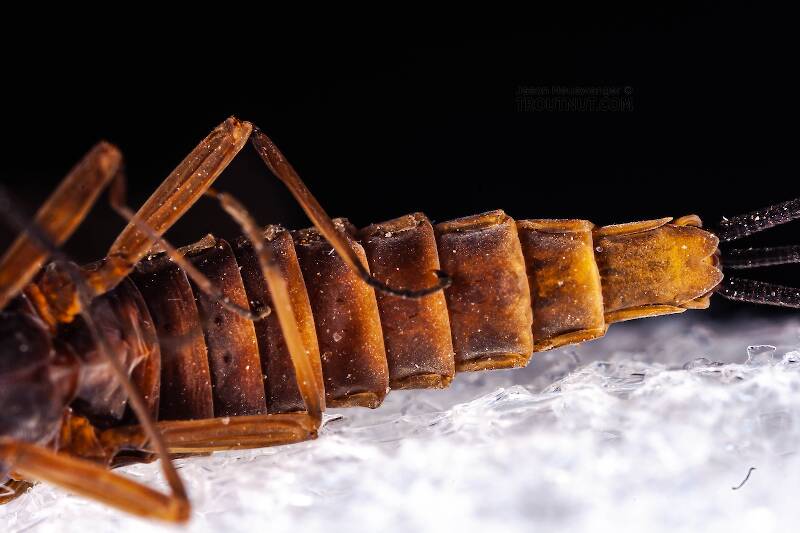
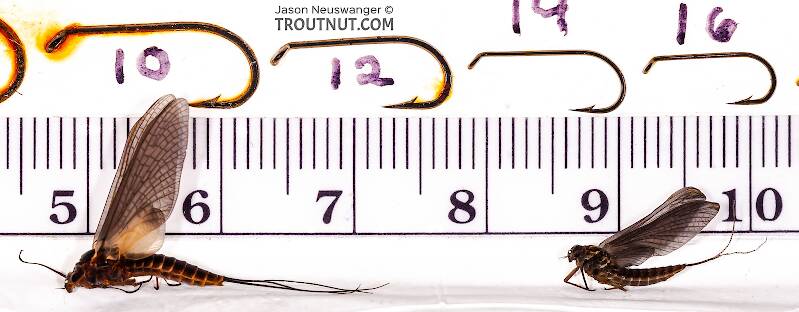
This mayfly was collected from Factory Brook in New York on May 9th, 2007 and added to Troutnut.com by Troutnut on May 18th, 2007.
Discussions of this Dun
Spence
Start a Discussion of Dun
Female Leptophlebia (Black Quill) Mayfly Dun Pictures
Collection details
Date: May 9th, 2007
Added to site: May 18th, 2007
Author: Troutnut

